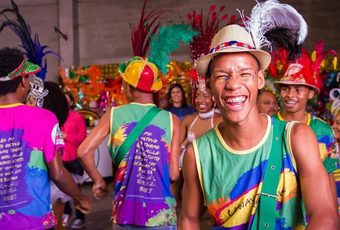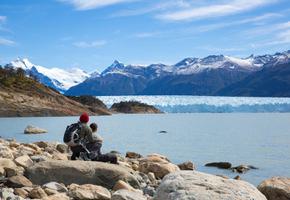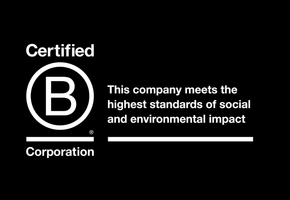
Camino de Santiago Holidays

Combining Caminos
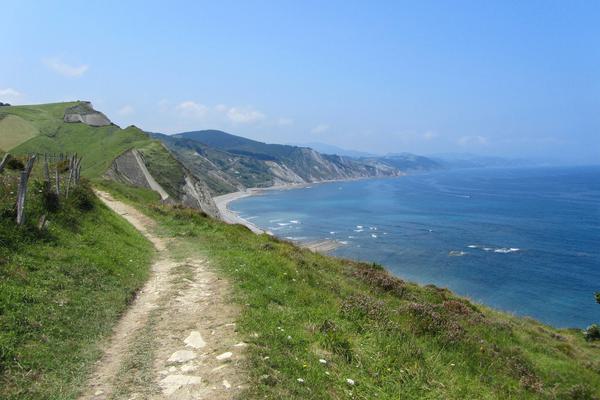
There's not just one Camino of course, but many.
The Francés is the most popular, followed by the Portuguese route and then the quieter coastal path across the north of Spain - the Camino del Norte. Beyond these are others which thread their way across the peninsula and various extensions and detours which elaborate on the most popular ways.
Given that our goal is not to make a pilgrim of you, but to instead weave together the varied beauty of northern Spain with its communities, traditions, history and people, we have many options to create a Camino itinerary that is bespoke to you.
One way of doing that is to link the inland Camino Francés with the coastal Camino del Norte using an old connection between them. The Camino Vadiniense forms a detour once often taken by pilgrims to visit important relics hidden in the depths of the Picos de Europa. By combining these three Caminos, we can showcase an even greater contrast of landscapes, adding in the lush pastures and undulating cliffs of the Costa Verde and the craggy peaks and high meadows of the Picos de Europa.

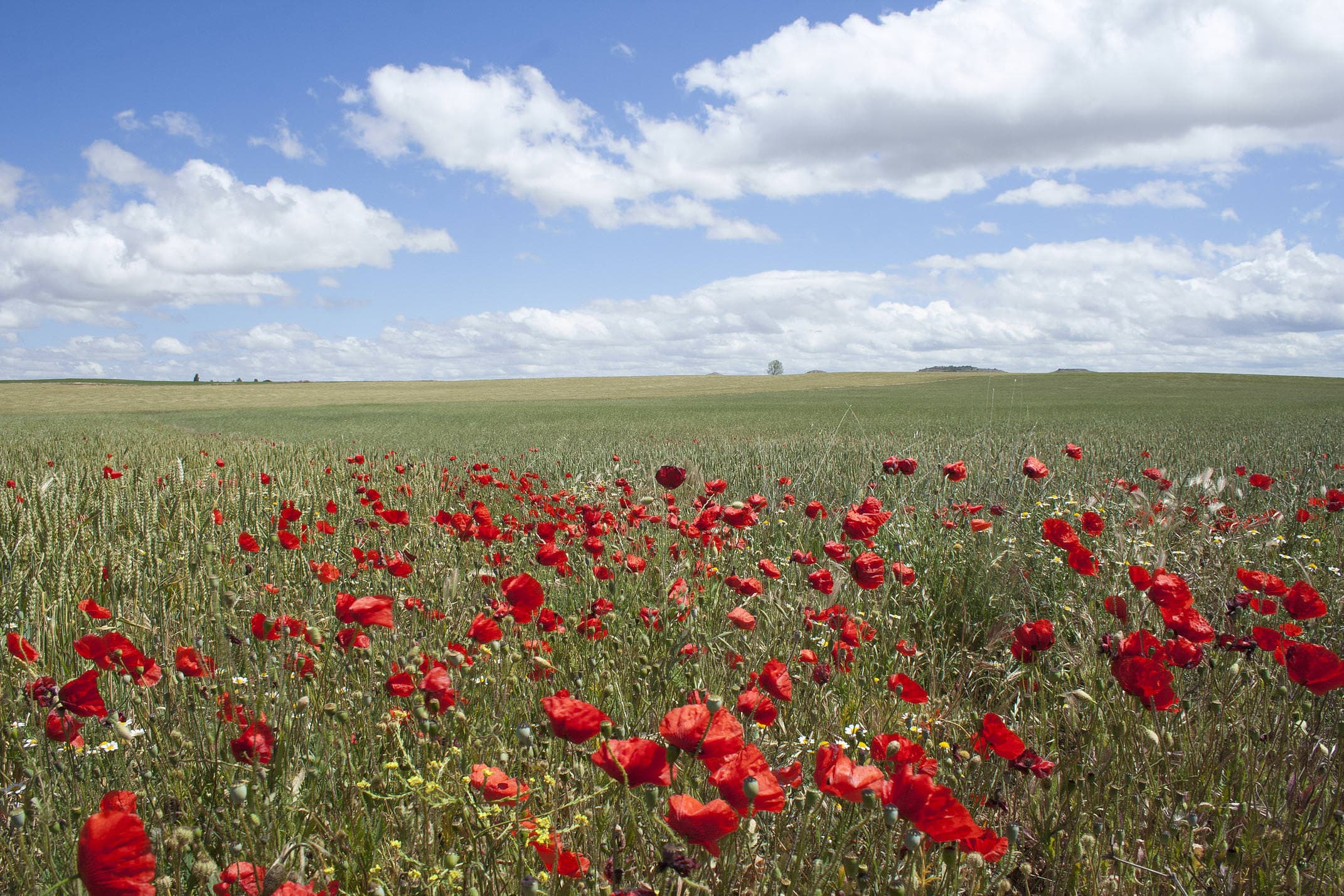
Camino del Norte
The Camino del Norte was actually the route that most pilgrims followed for the first centuries of pilgrimage as the border with Islam was still not far south from the Cantabrian mountains. As the Christian kingdoms pushed these borders south, the courts moved with it and the new cities were built in the central plateau, shifting the pilgrims to walk along the easier central plateau.
This has left the Camino del Norte with less monumental heritage, but with a wilder landscape and less footfall.
The hills come down to the coast and the pastures make it all the way to the cliffs, broken here and there by white sand coves. The Basque Country offers some of the best clifftop walking in Spain, thanks to the green pastures and the stunning geological formations of the "flysh" sedimentary strata.

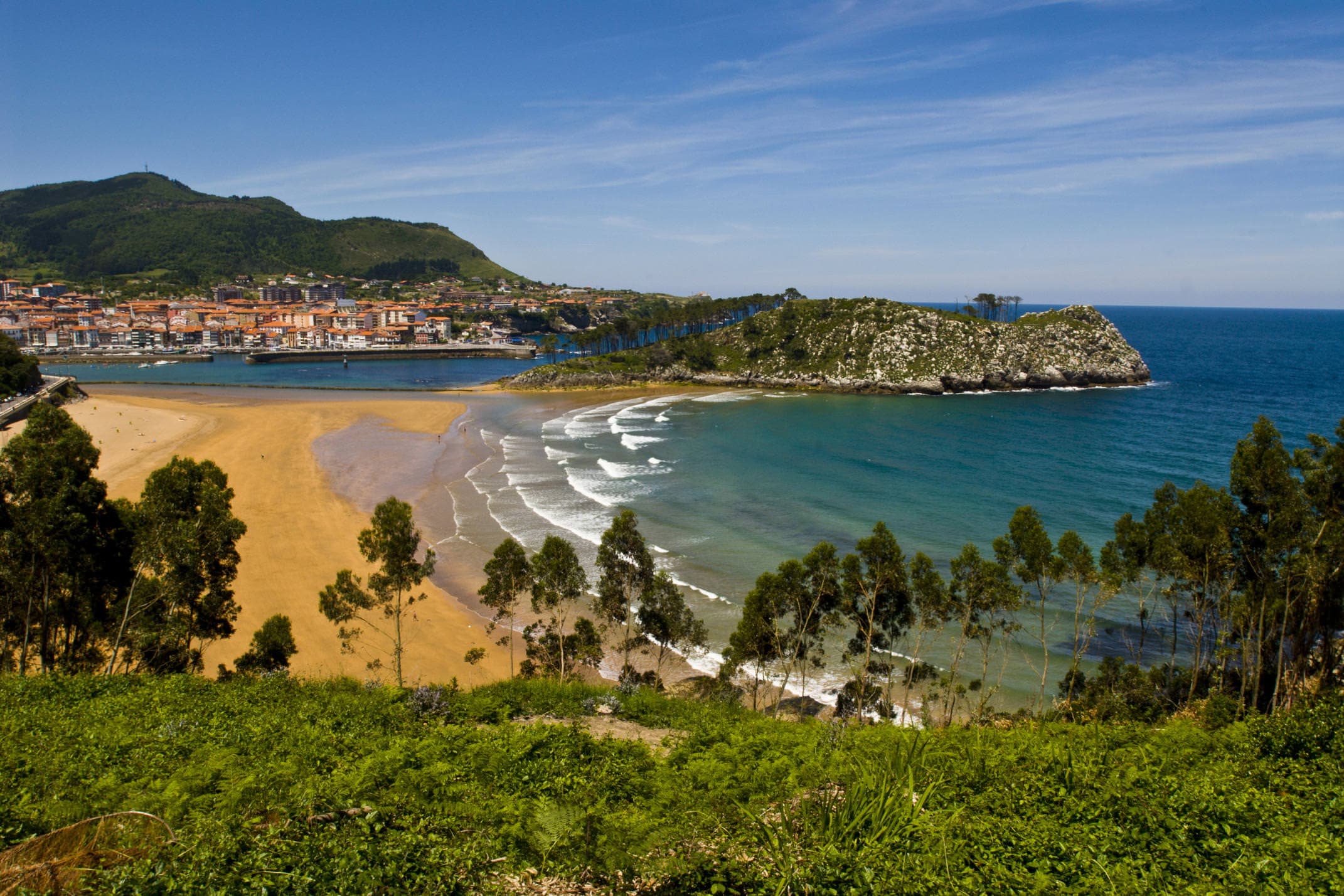
Camino Vadiniense
Pilgrims normally avoided the high mountains. There needed to be a good reason to confront big slopes, colder temperatures and remote inhabited areas.
But in the hidden valley of Liébana, at the foothill of the Picos de Europa, there was a good reason to detour from the Camino del Norte. The Lignum Crucis - one of the largest pieces of the Holy Cross - was hidden in the Santo Toribio Monastery since the 8th century and pilgrims ducked inland to worship it.
Rather than coming back to the coast, it made more sense for the Christian pilgrims to keep going to León and join up with the Camino Francés to Santiago. Thus the Camino Vadiniense was created. This ancient and little-trodden route offer some of the most spectacular landscapes of all the Caminos, bordering the Picos de Europa mountains and traversing over high mountain passes.

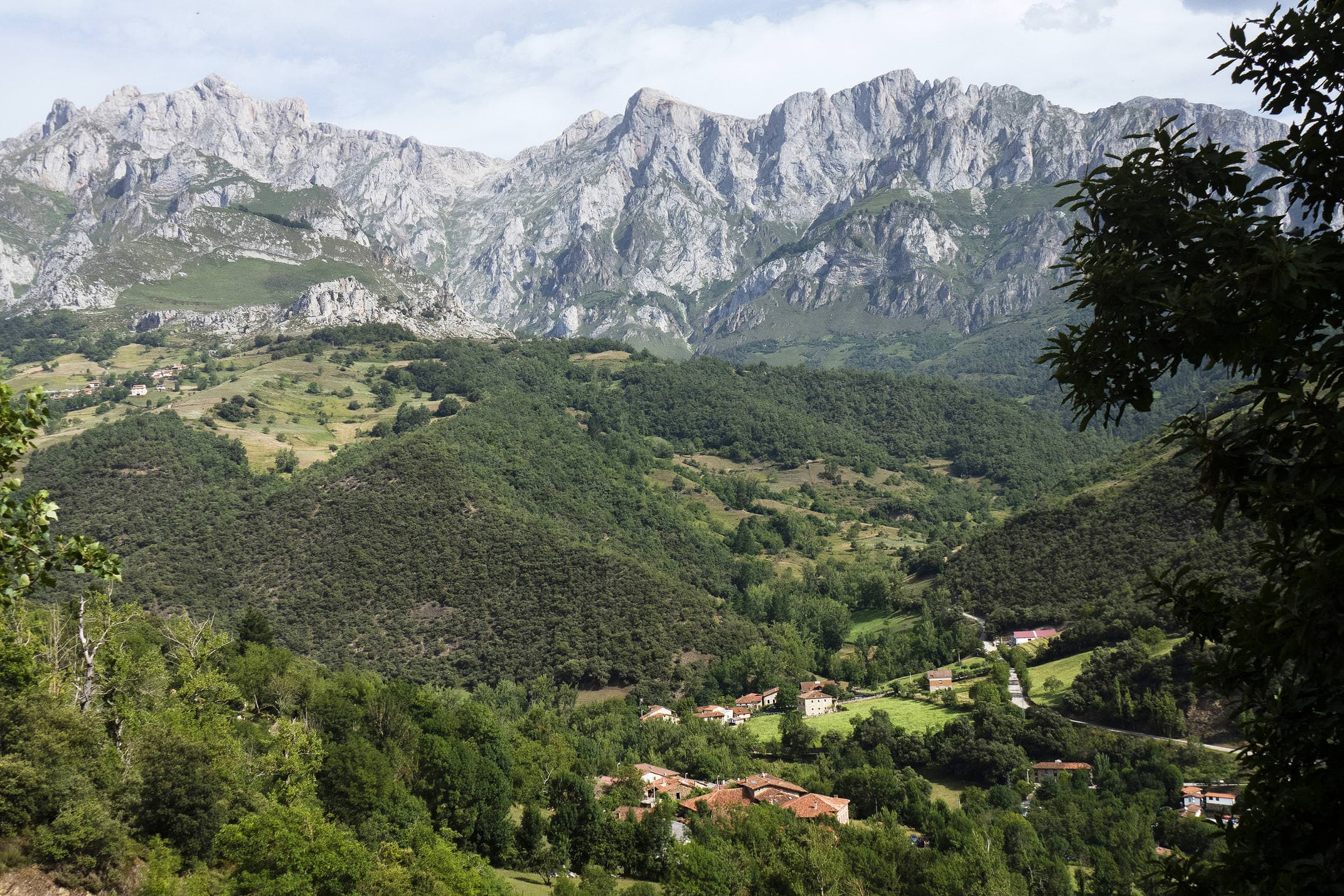
Camino Francés
It is always beautiful and inspiring to walk below the infinite skies of Castile and León, where the Vadiniense meets the Francés.
This is the granary of Spain - the cereal fields of the high plateau. The long section of plains come to an end as you approach the old Roman town of Astorga, a crossroad of routes since ancient times and gateway to the high mountains that appear in the distance, the last challenge before reaching Santiago.
From here the Camino rises up the slopes that separate the central plateau from the green pastures of Galicia. After days on the dry plains, for most pilgrims it's most welcome to return to lush forests of oaks and chestnut trees. And although the hill is challenging it does not take too long to be high in the mountain and admiring the wide views.
Journey's end is, of course, Santiago de Compostela.
A grey granite city it may be, but this is a joyful place. You have 300,000 people a year arriving here happy as Larry for not having to walk any more, with a huge feeling of achievement and peace in their hearts. Santiago is not short of monuments and cultural visits. But once you have visited the Apostle in the Cathedral and you have been blessed by the Botafumeiro scents, most people just meander around town, happy to be there, running into others they met along the way and sharing stories of their Camino.
We'd love to help you create your own.
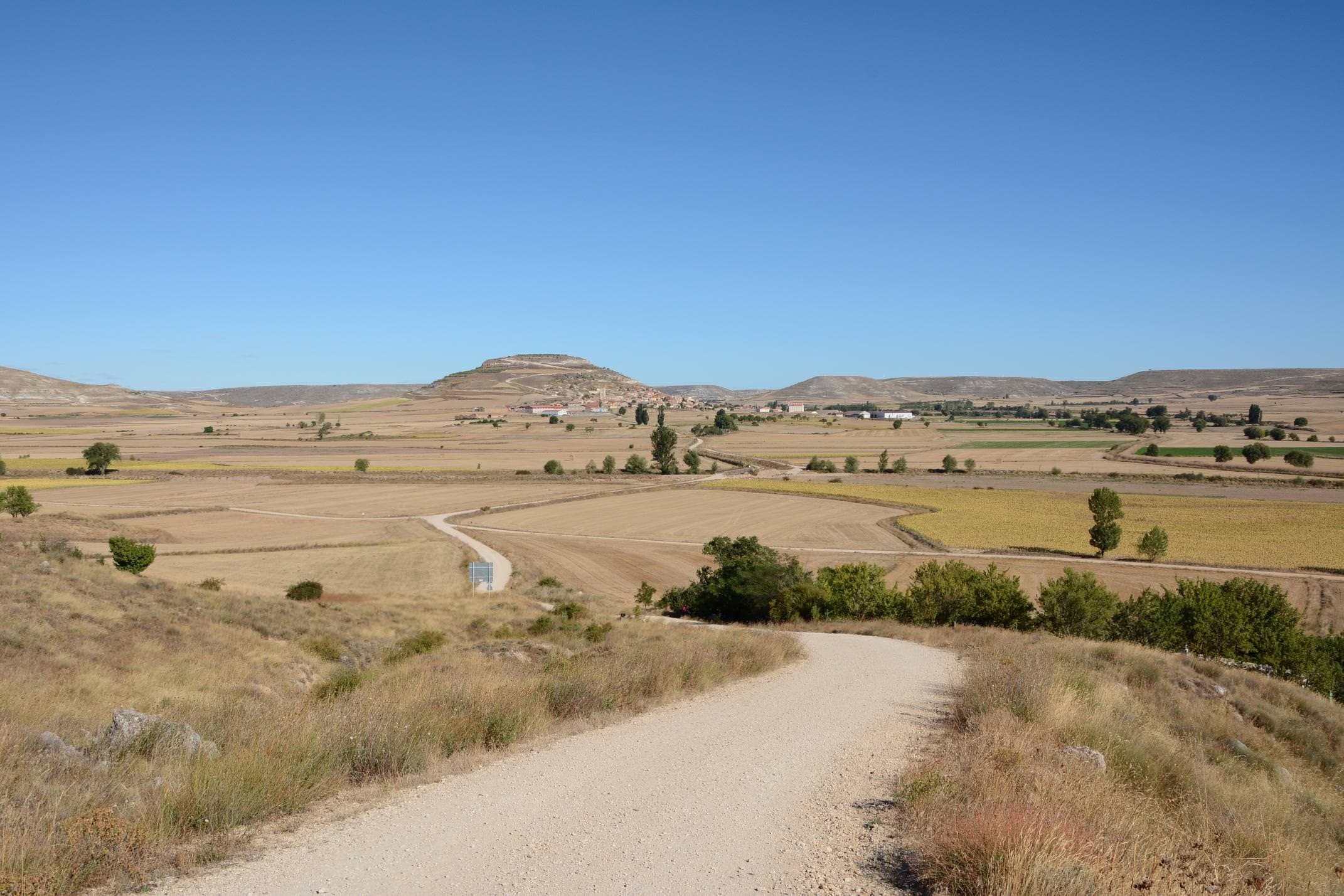
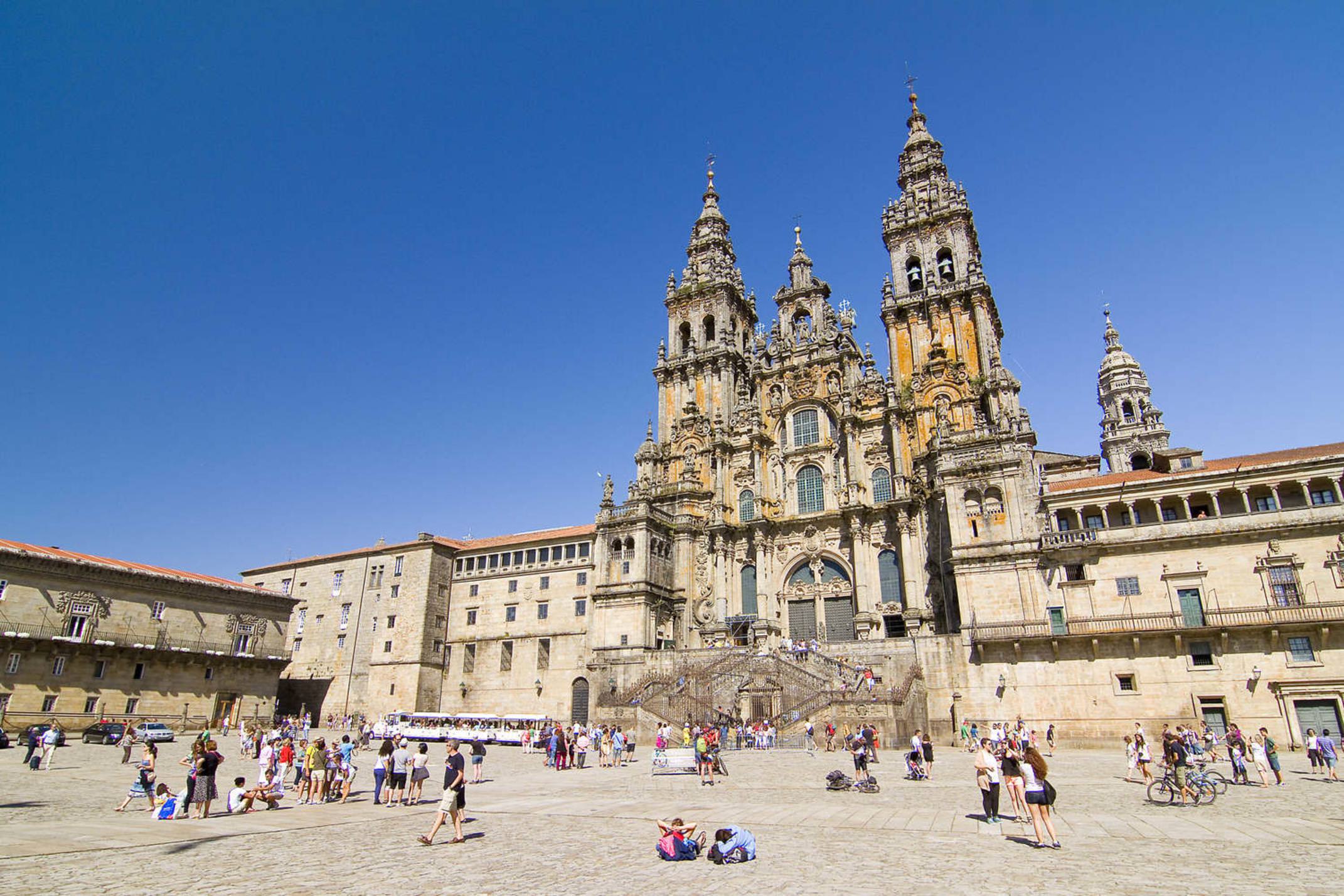

Ultimate Camino: Coast, Hills & Medieval Cities
-
£4,000 pp
- 12 days

Highlights of the Camino: Pyrenees to Santiago
-
£3,700 pp
- 11 days
Travel with Pura Aventura
Exceptional Holidays
Best in class holidays, service, characterful hotels, lovely locals, food and beautiful walks - that's what our clients tell us they love about our holidays, as noted in the highest possible 5* Feefo Platinum Award.
Certified B Corp
We are one of the first UK travel companies to be certified B Corp – regarded by The Independent as the premier sustainability certification, and described by Which? as "meeting the highest standards of social and environmental performance".

Award-winning Travel Positive
We are proud to have been recipients of awards from both Wanderlust and LUXLife for our sustainable Travel Positive initiative, that includes balancing carbon by 160%, and providing 1% of our revenue to the planet.
